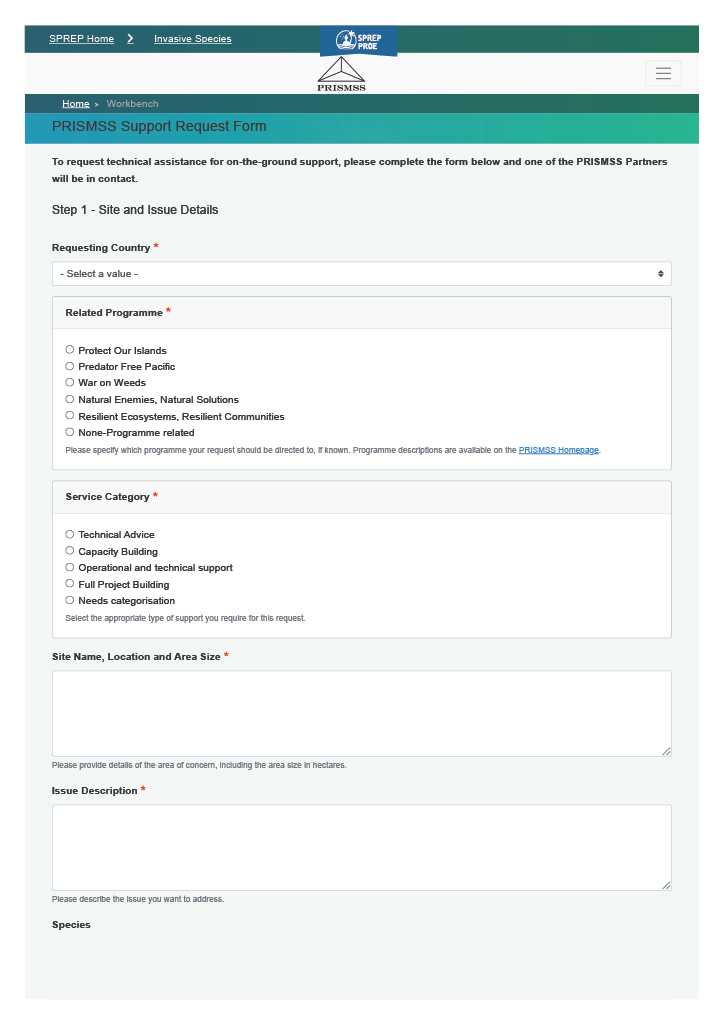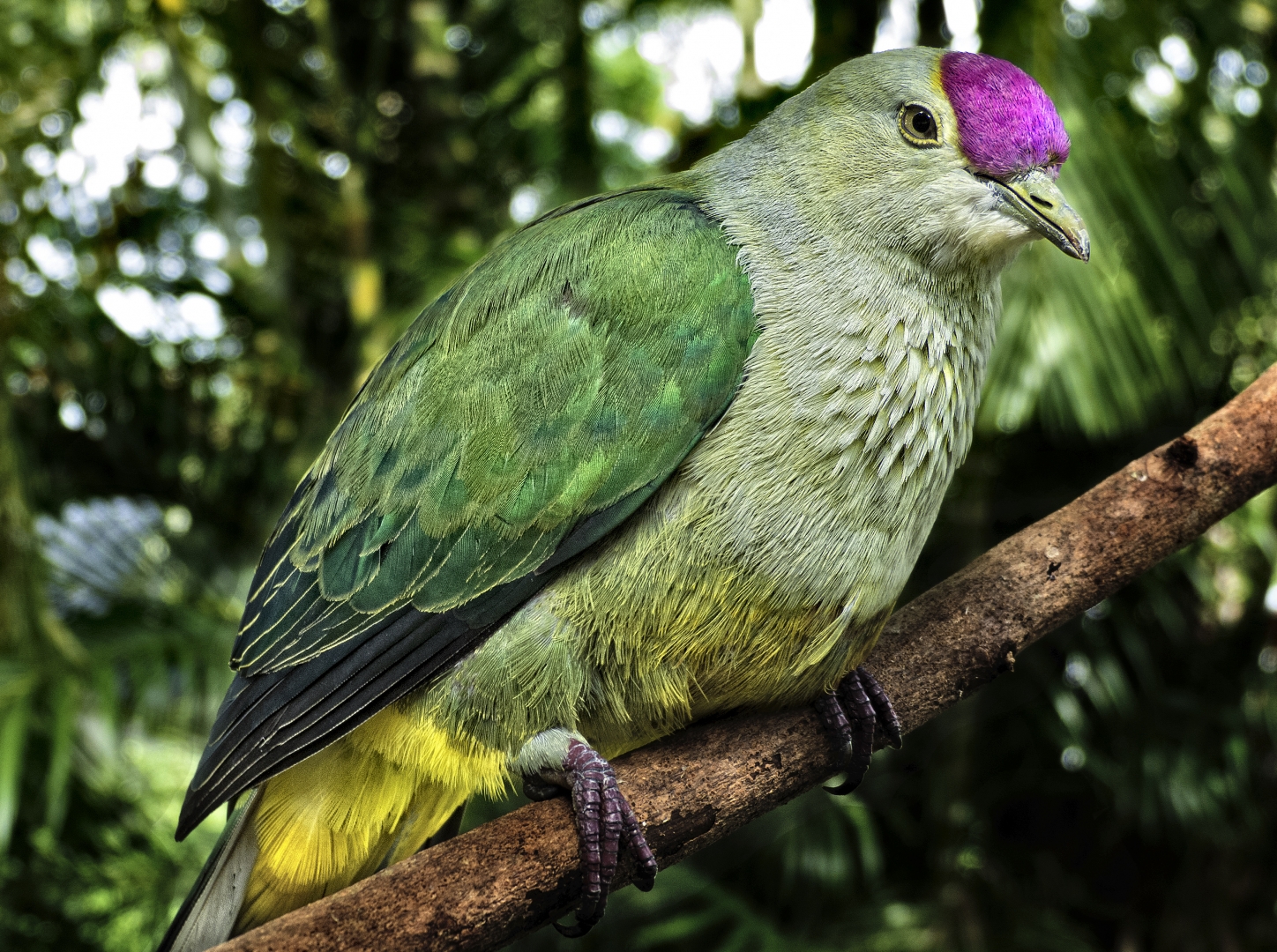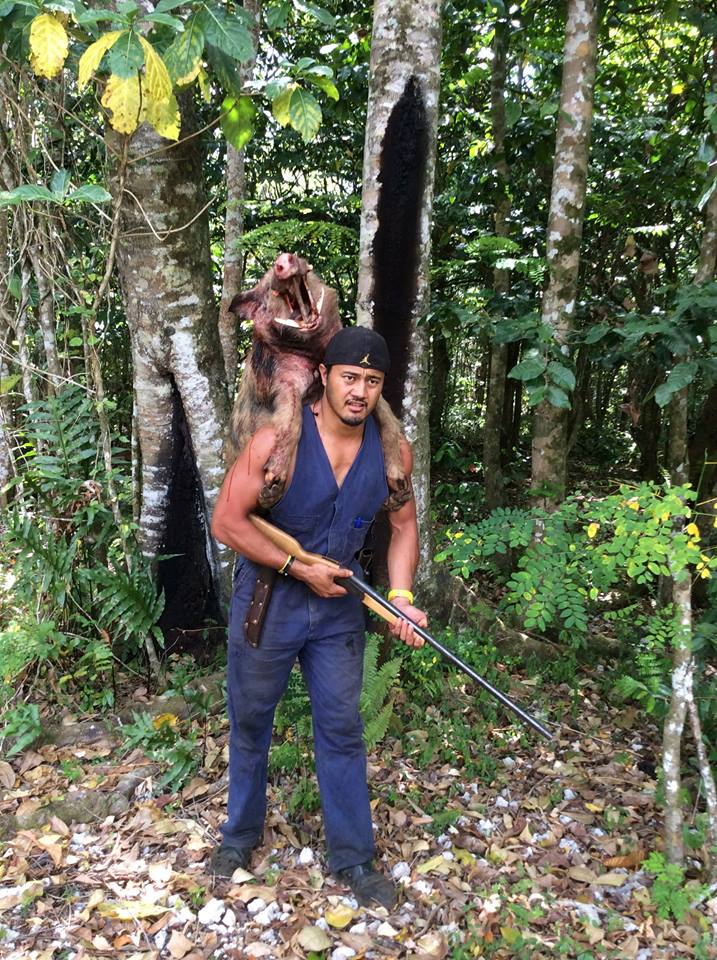
Pacific islands connect land and sea. Invasive species such as rats alter ecosystems as they consume the seeds, plants, invertebrates, and seabirds that provide nutrients to forest systems and coastal waters. The prevention, control, and eradication of invasive predators are important strategies for supporting ecosystem-based adaptation to the effects of climate change. Sixty (60) Pacific Islands have had predators removed.
Leading Technical Partners
1. Island Conservation
Island Conservation is the lead PRISMSS technical partner for this regional programme with support by BirdLife International. Island Conservation is the only charitable organization solely dedicated to removing invasive species on islands to prevent extinctions. To maximise its impact, Island Conservation works where the concentration of biodiversity and species extinction is greatest – islands. Since 1994, Island Conservation and partners have deployed teams to protect more than 400 species on 63 islands making the organisation one of the most world’s most effective in terms of species saved per dollar spent. The benefits of Island Conservation’s work go beyond biodiversity. By restoring islands, the marine environment, island communities, and livelihoods can thrive and be more resilient to other emerging conservation threats.
Current projects:
Implemented by Island Conservation in the Pacific includes;
Wallis Capacity Development and Community Consultation
2. BirdLife International
BirdLife International is a global partnership of conservation organisations that strives to conserve birds, their habitats and global biodiversity, by working with people towards sustainability in the use of natural resources. Each of the 121 BirdLife Partners is an independent environmental not-for-profit, non-governmental organisation. BirdLife and BirdLife Partners have eradicated introduced vertebrates from over 30 tropical Pacific islands. These successes are built from a foundation of combining local knowledge with eradication expertise, building support and growing local capacity with, lessons and successes informing good practice internationally. Programmatic priorities for BirdLife in the Pacific include the identification and protection of high biodiversity areas (Important Bird Areas and Key Biodiversity Areas); recovery programmes for threatened birds and other biodiversity; building capacity for conservation and; addressing invasive alien species threats.
Current projects:
Implemented by BirdLife in the Pacific includes;
Rapa Biosecurity
Rennell Rat IS & Biosecurity Assessment
Rotuma Myna eradication & biosecurity
Niue is using Predator Free Pacific(PFP) Programme
Resources
|
Battler Series & Lounge |
|||
|---|---|---|---|
| Use of Anticoagulant Rodent Bait Safely | Removing Rodents from Small Tropical Islands with Success | Pacific Battler Lounge | Rats, Reefs and Resilience | |
|
Battler Series for the use of rodent bait safely. The guide was developed to assist non-specialists in gaining a better understanding of the risks, costs, and benefits of using anticoagulant rodenticides. For more information please visit the Battler Resource Base (BRB) |
Battler Series for Rodent and Cat Eradication provides project manager with a practical guide to help plan and implement rodent and cat eradications. For more information please visit the Battler Resource Base (BRB) |
The Battler Lounge webinar series talks about the link between rats, seabirds, ecosystems and reef resilience in the Pacific. For more information please visit the Battler Resource Base (BRB) |
|
| Photos |
|
|
|
Photo Credit: © James Atherton, © Huggard Tongatule, © Stuart Chape
Do YOU need assistance?
To request technical assistance for the "Predator Free Pacific" regional programme, please complete the PRISMSS Request Form or email prismss@sprep.org for any queries.

Click to view Request Form
.png)
.png)

